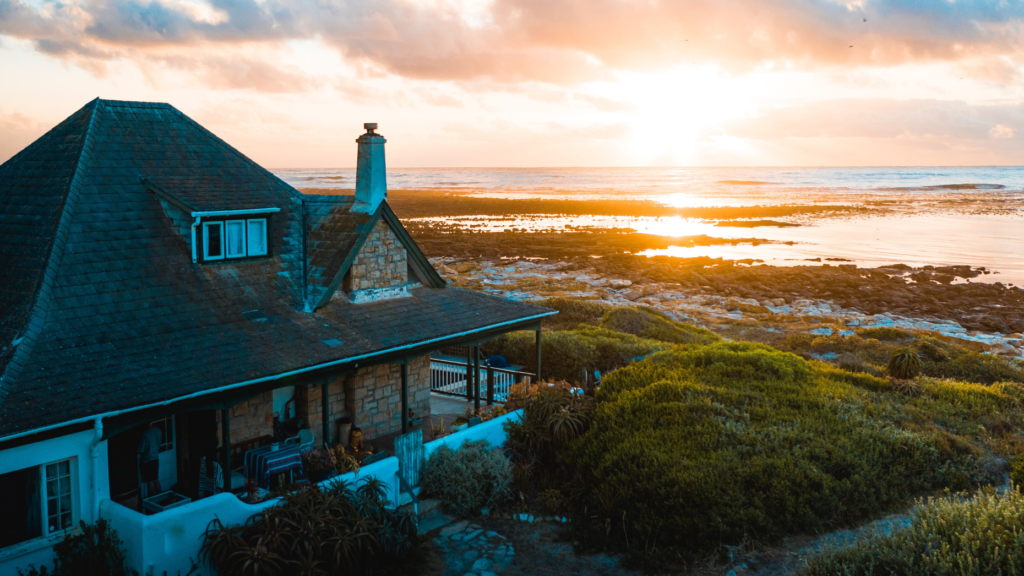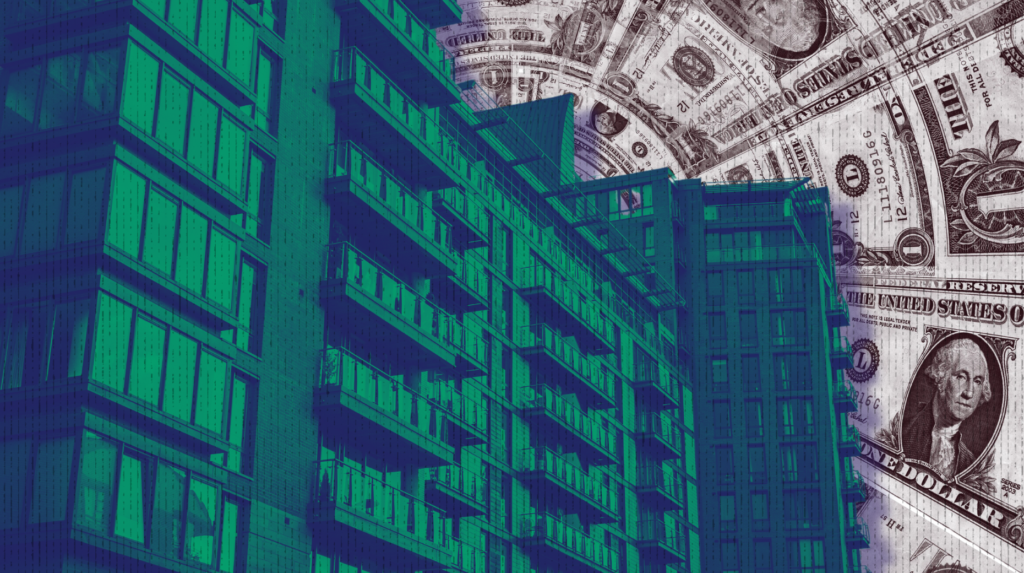The vast majority of recently purchased vacation homes are exposed to risk from storms and heat. Floods are an increasing concern.
In a shifting real estate market, the guidance and expertise that Inman imparts are never more valuable. Whether at our events, or with our daily news coverage and how-to journalism, we’re here to help you build your business, adopt the right tools — and make money. Join us in person in Las Vegas at Connect, and utilize your Select subscription for all the information you need to make the right decisions. When the waters get choppy, trust Inman to help you navigate.
Fueled by cheap mortgages and a desire for a change of scenery during the pandemic, Americans rushed into vacation home purchases at staggering new levels.
Now, those owners of second homes are disproportionately exposed to the risk of damage from floods, storms and heat, according to a new Redfin analysis of ClimateCheck data and housing records.
Risk of flooding has grown particularly quickly in this crop of newly purchased second homes. The number of second houses purchased in 2020 and 2021 that were at risk of floods grew by 45 percent, compared with the previous two-year period.
Buyers also purchased 40 percent more homes at risk of storm damage and 39 percent more structures where heat was a threat over that time.
This increase in riskier purchases was high even after accounting for the 37 percent rise in vacation home purchases overall over the same span.
“The threat of climate change isn’t the top concern for a lot of homebuyers, which means they often prioritize factors like warm weather and proximity to the beach over avoiding natural-disaster risk,” Redfin Senior Economist Sheharyar Bokhari said in the report.
Owners of second homes may be even less likely to lose sleep over these risks, Bokhari added, since they have another place to live if one of their homes is affected by a natural disaster.
But the situation can still introduce a great amount of financial uncertainty, even for homes that aren’t directly damaged by storms or floods, he said.
“Home values in climate-endangered places may fall in the coming years as consumers learn more about the risks to properties in these areas,” Bokhari said in the report.
But buyers of second homes also appeared to be starting to lean away from certain kinds of risk. Growth in the number of second-home purchases was slower in areas with elevated risk of wildfires and drought, for instance.
Some of the hottest markets for second homes were also popular with relocating homebuyers. The coastal Florida cities of Miami and Tampa were near the top of the list for movers, as was the desert metro of Phoenix.
For second homes, nearly 94 percent of purchases over the last two years carried some level of heat risk. And nearly 4 in 5 were at risk of damage from storms.
In Miami, Redfin agent Cristina Llanos says buyers from out of town are often at least somewhat aware of the risks when they buy.
“They hear horror stories of hurricanes, but generally still move forward,” Llanos said in the report. “People want to talk about it but it typically doesn’t make or break their decision.”
While demand for vacation homes boomed during the first couple years of the pandemic, the market for second properties has slowed substantially to more normal levels in the early months of this year.
Email Daniel Houston



 Are You Interested in West Eleventh Residences Miami?
Are You Interested in West Eleventh Residences Miami? Are You Interested in ONE Park Tower by Turnberry?
Are You Interested in ONE Park Tower by Turnberry? Are You Interested in Diesel Wynwood Condominium?
Are You Interested in Diesel Wynwood Condominium? Are You Interested in Five Park Miami Beach?
Are You Interested in Five Park Miami Beach? Are You Interested in Cipriani Residences Miami?
Are You Interested in Cipriani Residences Miami? Are You Interested in Bentley Residences Miami?
Are You Interested in Bentley Residences Miami? Are You Interested in Baccarat Residences Brickell?
Are You Interested in Baccarat Residences Brickell? Are You Interested in Aria Reserve Miami?
Are You Interested in Aria Reserve Miami? Are You Interested in 888 Brickell Dolce & Gabbana | Miami?
Are You Interested in 888 Brickell Dolce & Gabbana | Miami? Are You Interested in 600 Miami WorldCenter?
Are You Interested in 600 Miami WorldCenter? Are You Interested in HUB MIAMI RESIDENCES?
Are You Interested in HUB MIAMI RESIDENCES? Are You Interested in WALDORF ASTORIA RESIDENCES?
Are You Interested in WALDORF ASTORIA RESIDENCES?